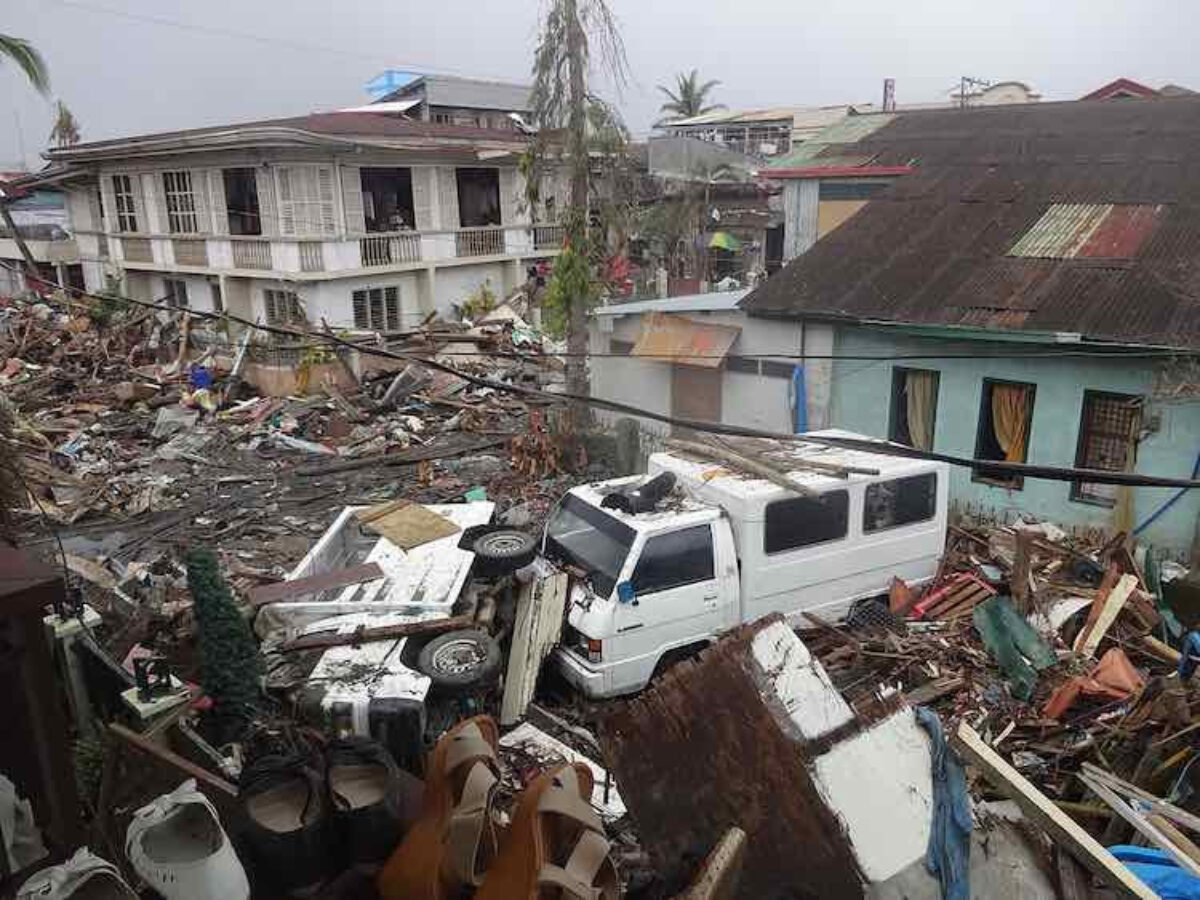ETSI moves to standardise IoT for emergency comms

By Stuart Corner of IoT Australia
ETSI has taken its first steps towards developing standards for IoT applications in emergency communications, issuing a report that looks at how IoT can be used in all types of emergency situations, such as emergency calling and mission critical communications.
It also envisages a new use case: automated emergency response, where IoT devices can act after receiving a trigger and prevent hazardous situations.
The move follows the release by ETSI, in February 2019 of a standard for consumer IoT security and specifications for smart cities, smart factories and smart agriculture, in June 2019.
ETSI says the report ETSI TR 103 582 analyses the use cases from the point of view of potential failures putting safety at risk.
“Potential means to prevent these points of failure are identified, the impact of these use cases on existing or future standards is assessed and recommendations for requirements against EMTEL [emergency telecommunications] existing specifications for each domain are provided.”
Specifically the report examines the use of IoT devices to enhance:
Emergency calling, eg between individuals and emergency authorities/organisations, between emergency authorities/organisations, and between individuals;
Mission critical communications within emergency services/public safety organisations, eg between public safety officers and control centres, between the control centres of different public safety organisations, and between individual public safety officers;
Public warning system type communications from authorities to the general public;
Automated emergency response (new IoT domain) between two IoT devices.
For the new IoT domain the report contains examples of use cases to illustrate how IoT could be used to provide an automated emergency response:
a smoke detector in a rubbish container sends an emergency message in the event of a fire, sending potentially in parallel a real-time emergency video;
an IoT device turns off immediately a gas tap or slows down a high-speed train when it receives an earthquake public warning environments.
The report details relevant standardisation work already done and looks at the connectivity capabilities and other features such as interoperability, devices and sensors, security, etc.
It make a series of recommendations, directed particularly at SC EMTEL, a special committee on emergency communications within ETSI that is responsible for specifying the functional and service requirements of emergency communications.
There report says there will be some relationship between its requirements and existing SC EMTEL specifications, but adds: “It is worth remembering that the focus of existing specifications is very much communication between humans (individuals, emergency service personnel, authority operatives), and not communication with and between IoT devices. SC ETMEL may therefore wish to consider creating new specifications for each domain, referencing the existing specifications where appropriate but focussing specifically on requirements for IoT devices involved in emergency communications.”
The report recommended SC EMTEL create a new specification for the new domain of automated emergency communications because, unlike existing domains, it is specific to a set of machine-to-machine communications requirements that are set out in the report.
Stuart Corner is editor of IoT Australia
Image: Lawrence Ruiz CC BY-SA 4.0
Subscribe to our free @AuManufacturing newsletter here.
Topics Manufacturing News Technology
@aumanufacturing Sections
Analysis and Commentary Awards Defence Manufacturing News Podcast Technology Videos










